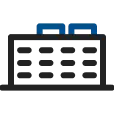MEDICAL FIELD
2024/06/14
[Dialysis Medical Care and the SDGs #1] Issues Surrounding Dialysis Medical Care: Thinking about Environmental Issues and Workstyles
- Interview
- Hemodialysis
- Medicalbusiness
![[Dialysis Medical Care and the SDGs #1] Issues Surrounding Dialysis Medical Care: Thinking about Environmental Issues and Workstyles](/media/7yoD8Mt0CeKw1lmWAfmKhOeq6M4fDhEkiknclkG8.jpg)
Index
With the adoption of the SDGs at the United Nations Summit in September 2015 providing the impetus, people began to focus on realizing a sustainable society in which the current generation has fulfillment and prosperity and is able to pass it on to future generations.
Based on this goal, what is required in the field of dialysis medical care, which Nikkiso has been working on for about 50 years?
We invited Dr. Ken Tsuchiya, Specially Appointed Professor at Tokyo Women's Medical University, to discuss sustainable dialysis medical care from the perspectives of both a healthcare professional and a manufacturer that develops medical devices. This article discusses various issues surrounding dialysis medical care and current efforts to solve them in the form of a dialogue between Dr. Tsuchiya and Mr. Maeda and Mr. Takeuchi from Nikkiso.
Ken Tsuchiya: M.D., PH.D., Specially Appointed Professor, Department of Blood Purification, Tokyo Women's Medical University. A leader in the fields of dialysis and kidney disease in Japan, serving as President of the 67th Annual Meeting of the Japanese Society for Dialysis Therapy. Nikkiso Co., Ltd. Satoshi Takeuchi: Chief manager of Equipment Development Department at the Medical Research and Technology Center of the Medical Division. *This article is an English translation of one originally published in Japanese on March 29, 2023. |
Dialysis Medical Care and Environmental Issues from the Perspective of Sustainability
――This interview will be in two installments under the theme Dialysis Medical Care and the SDGs. First of all, could you tell us about the current situation of dialysis medical care and related issues from the perspective of sustainability?
Dr. Tsuchiya: Please allow me to start with dialysis medical care and the environment. It is related to Goal 12. Responsible Consumption and Production and Goal 13. Climate Action in the SDGs.
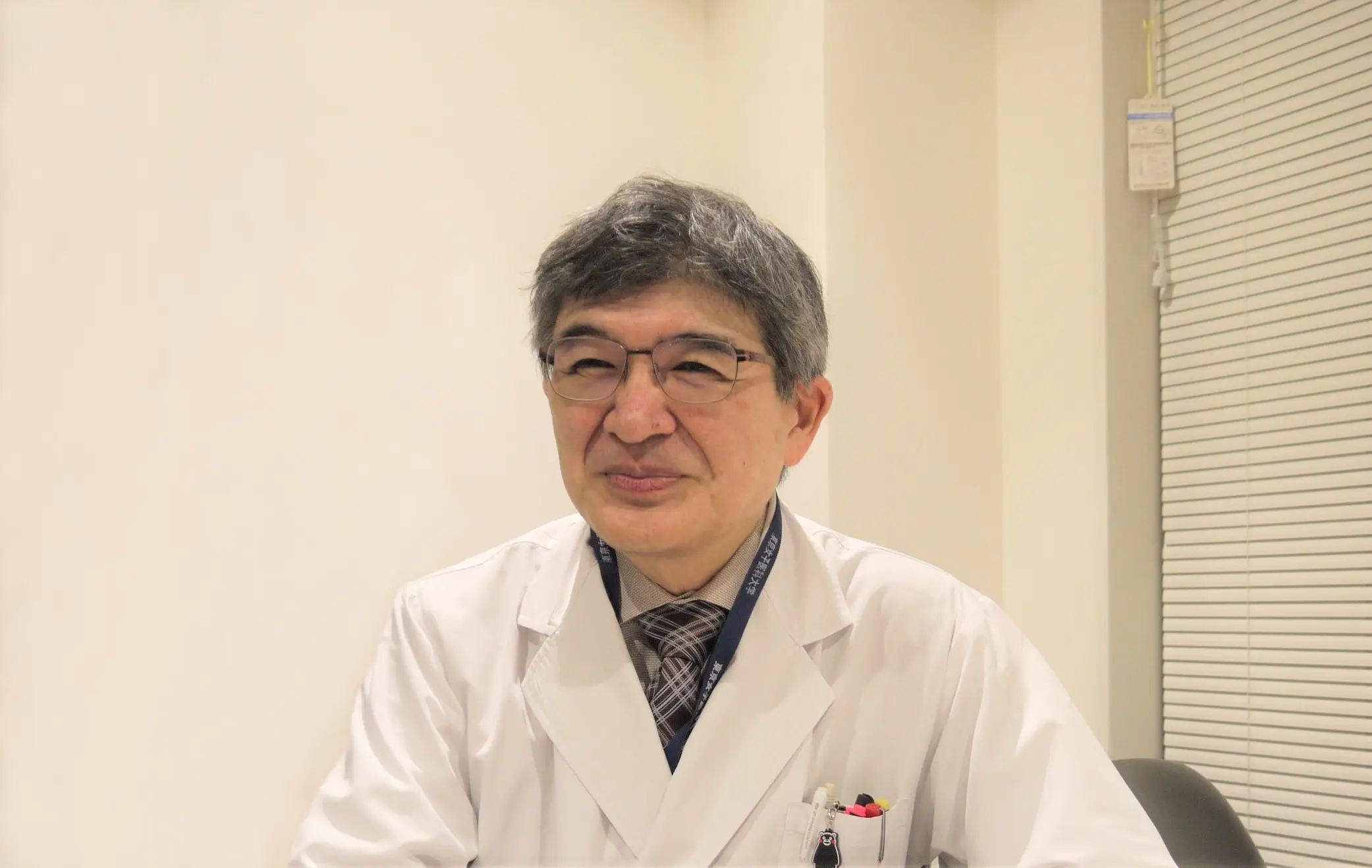 Dr. Tsuchiya
Dr. Tsuchiya
The first issue is that hemodialysis emits an enormous amount of waste. Hemodialysis involves pumping blood out of a person's body, passing it through a device, purifying it, and returning it to the body.
This process requires tubes through which blood passes (blood tubing lines) and an artificial kidney (dialyzer) to replace the function of the kidneys, all of which are disposable due to concerns about the risk of infection and contamination.
In Japan, about 340,000 patients are treated three times a week, which means that a considerable amount of waste is continuously emitted.
While the first priority is to save the lives of patients by providing good medical care, people are increasingly aware that we should not ignore the issue of waste in order to continue providing such medical care going forward.
The second issue is related to the use of energy. Hemodialysis is a medical procedure that requires a large amount of water and electricity. If this energy supply stops, treatment cannot be performed. In order to provide stable medical care, it is necessary to take measures that take into account the risk of an unstable energy supply caused by a disaster or any other factor. There is also a growing belief that we should not waste energy resources.
The third issue is dialysis wastewater, which you can say is closely related to Goal 14. Life below Water in the SDGs. Devices used for hemodialysis need to be disinfected with strong chemical solutions after treatment, and it was found that this wastewater after disinfection places a heavy load on sewerage systems. If a sewerage system is damaged, sewage treatment for preventing dirty water from flowing into oceans and rivers will also be negatively affected, so we need to take measures to prevent this.
――Is Nikkiso currently making an efforts to address these issues?
Maeda from Nikkiso: Yes. Regarding the issue of dialysis wastewater, we have offered a device equipped with a function for adjusting acidic and alkaline solutions and wastewater to the neutral range to meet the standards of sewerage systems. In addition, recently, disinfectants that can be used within the standard range of sewerage systems without requiring neutralization have been developed. Regarding the issue of energy resources, we also offer a dialysis heat recovery heat pump system equipped with a function for saving the electricity consumed during dialysis treatment by effectively using dialysis wastewater as a heat source.
Regarding the issue of waste, we are aware that we need to develop products that replace the current blood tubing lines and dialyzers......but we have not fully started this initiative.
Dr. Tsuchiya: With respect to the environment, it is only recently that the issues I just described came into focus. When it comes to medical care, the issues cannot be solved by reducing the quality to save resources, so the environmental impact of hemodialysis has rarely been criticized.
Amid this situation, in the late 2010s, the concept of green nephrology emerged in Europe. From around that time, a movement to rethink dialysis medical care has emerged and spread.
Today, in Japan, I believe that we have just reached the starting point for everyone to rack their brains with the awareness that it is necessary to also address the issues of the environmental load in order to maintain dialysis medical care.
Furthermore, during the COVID-19 pandemic, increasingly more medical devices have been made disposable due to concerns about infection, and resolution of the issue of waste seems to have regressed. In addition to reducing waste, we will also have to pursue new approaches including development of blood tubing lines that can be disposed of by methods other than incineration, such as decomposition.
Making medical workplaces easier to work at through automation and AI

Dr. Tsuchiya: Next, let's talk about workstyle. This is related to Goal 8. Decent Work and Economic Growth in the SDGs.
Currently, dialysis treatment workplaces have environments that are seemingly easy to work in for healthcare professionals. It is common to split the treatment work from Monday to Saturday into tasks among staff members, the treatment timeframe is clear, and part-timers can also participate. So, people may feel that such work places are easy to work at according to their individual lifestyle and life stage.
Recently, shared decision making (SDM), which refers to the practice of considering and deciding better treatment methods together with patients based on the goals of treatment and the patient's values, preferences, and concerns, has become increasingly popular in medical care.
In this context, in addition to physicians, nurses, dietitians, and other specialists from various fields are also involved, and they form a medical team to provide information to patients. I think it can be said medical worksites are place where the people working there can work in responsible and rewarding positions regardless of their job category.
――How about issues?
Dr. Tsuchiya: In hemodialysis, it is necessary to determine various conditions, such as the type of dialyzer and the drugs, the duration of dialysis, and the speed of blood flow, in consideration of the efficiency of dialysis and the patient's physical condition within the limited timeframe of four hours each time, three times a week. Currently, physicians determine these dialysis conditions based on their knowledge and experience, but we hope that automation and AI will reduce the burden.
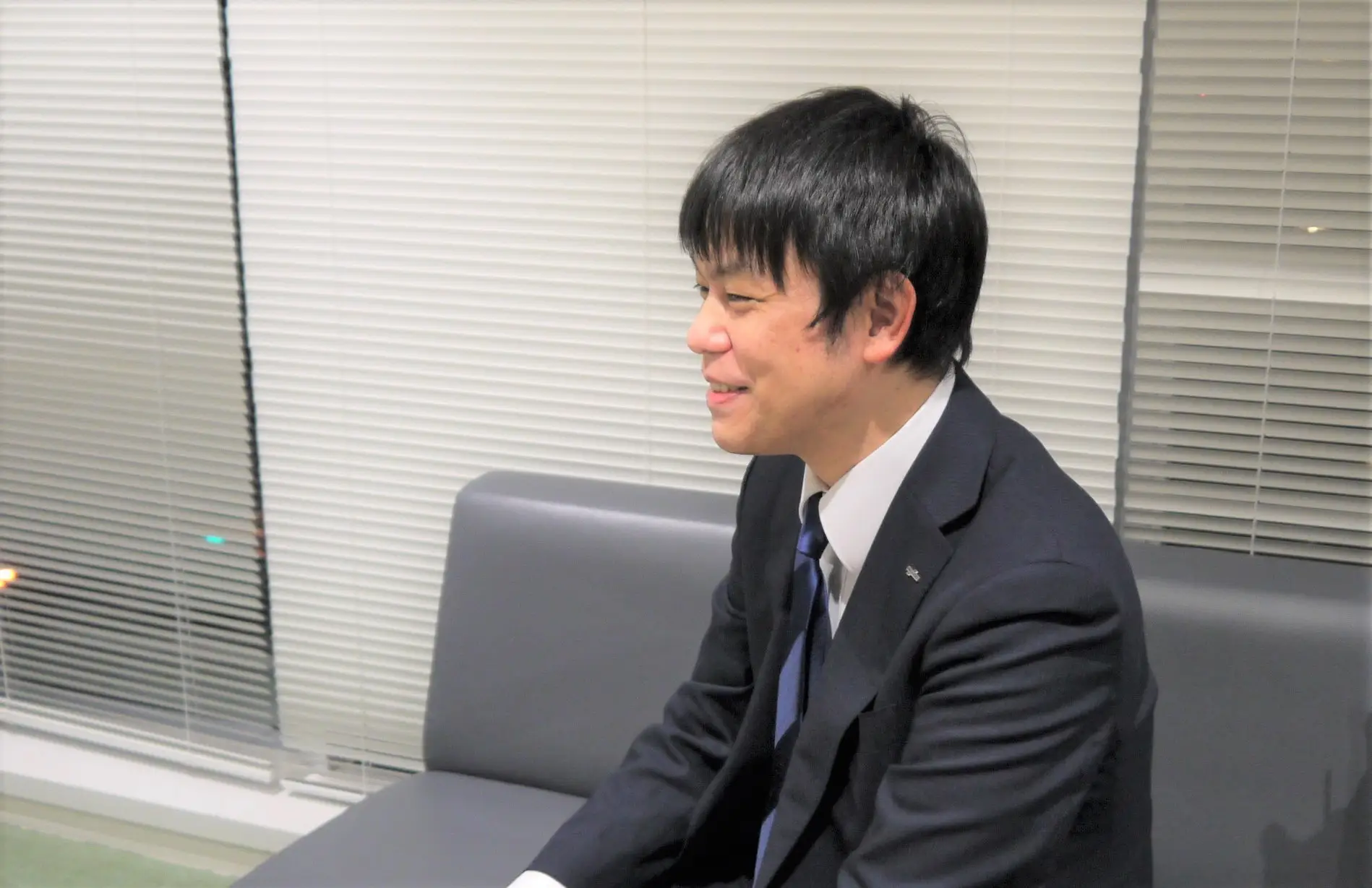 Takeuchi from Nikkiso
Takeuchi from Nikkiso
Takeuchi from Nikkiso: At Nikkiso, we are developing a function that automates the preparation of dialysis treatment in order to reduce the workload of healthcare professionals as much as possible.
Before conducting hemodialysis, it is necessary to attach blood tubing lines, a dialyzer and other consumables to the device, and then clean and fill the inside of the tubing lines with saline or dialysate in advance. So far, healthcare professionals have needed to manually perform this work, and all other tasks including removing air from inside the blood tubing lines and the dialyzer during the work process.
The device developed by Nikkiso can automatically complete a series of preparation tasks once the user installs the consumables and presses a button. This has successfully reduced the work time by about 30 minutes each time.
Maeda from Nikkiso: In addition to blood tubing lines and a dialyzer, hemodialysis requires a dialysis machine, which takes a certain amount of blood out of the patient's body and circulates the blood for dialysis treatment. At Nikkiso, we are also developing this dialysis machine, and have equipped it with a function that monitors the patient's physical condition such as blood volume and blood pressure while circulating the blood. We have also developed and implemented software (dialysis communication system) to centrally manage the data of each patient.
Dr. Tsuchiya: There are various routine tasks in performing hemodialysis, such as measuring blood pressure and body temperature once an hour. The dialysis machine with the monitoring function has realized the automation of part of these tasks.
In addition, the dialysis communication system enables the monitored data to be centrally managed by a computer without manually copying the data, and to view a patient's examination results collectively for one month. We understand that this software is very important particularly for hemodialysis.
I believe that this will realize an environment that makes it easier to spend more time with patients by reducing the burden on healthcare professionals.
――Thank you very much. In the second installment, we ask about issues regarding the options for dialysis medical care more closely related to patients, and the future vision of dialysis medical care.
Pickup
-
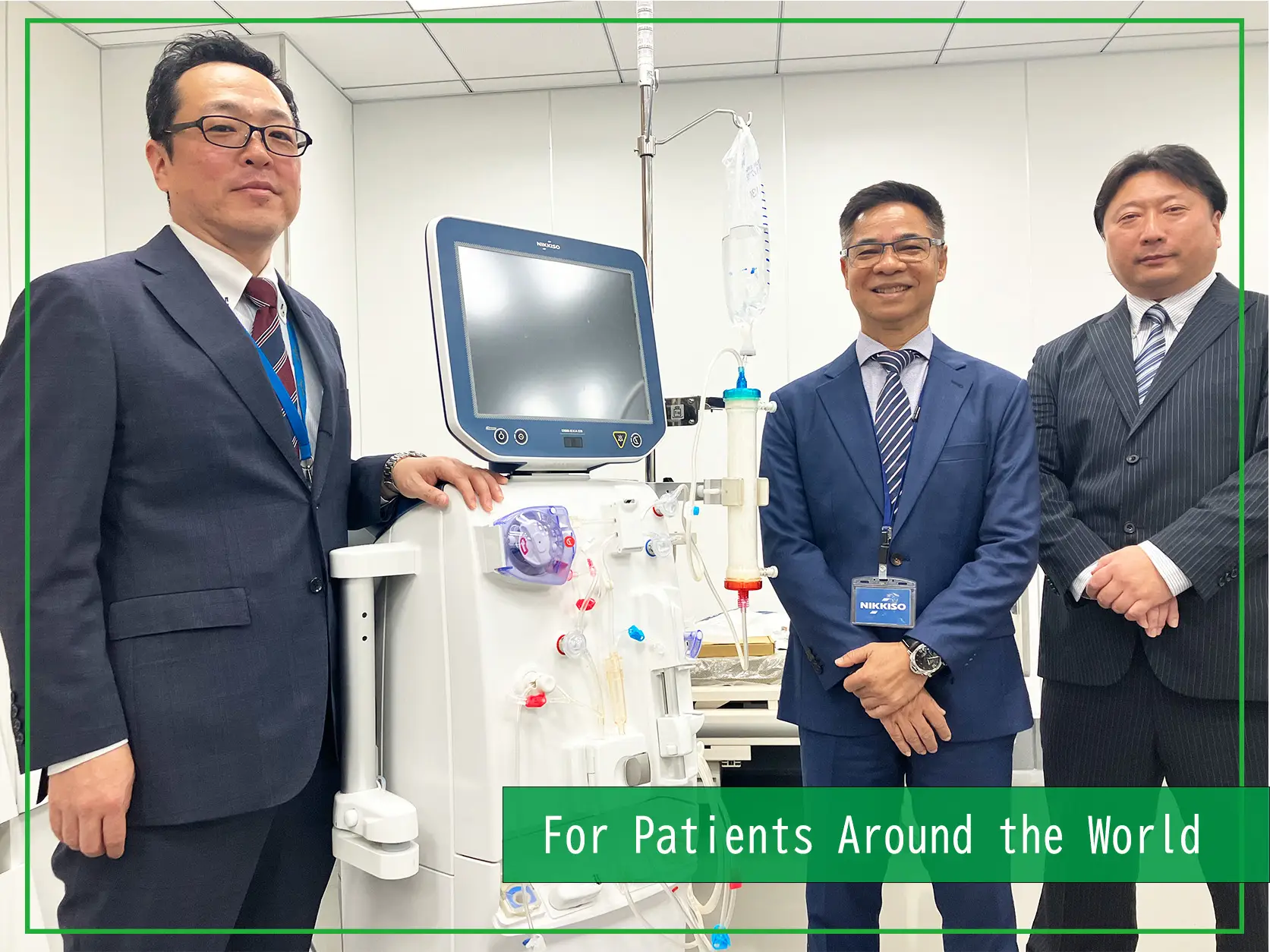 MEDICAL FIELD
MEDICAL FIELD
Empowering Asia’s Expanding Dialysis Treatment with Nikkiso’s Advanced Technology and Comprehensive Support
- Hemodialysis
- Interview
- Medicalbusiness
2025/10/30
-
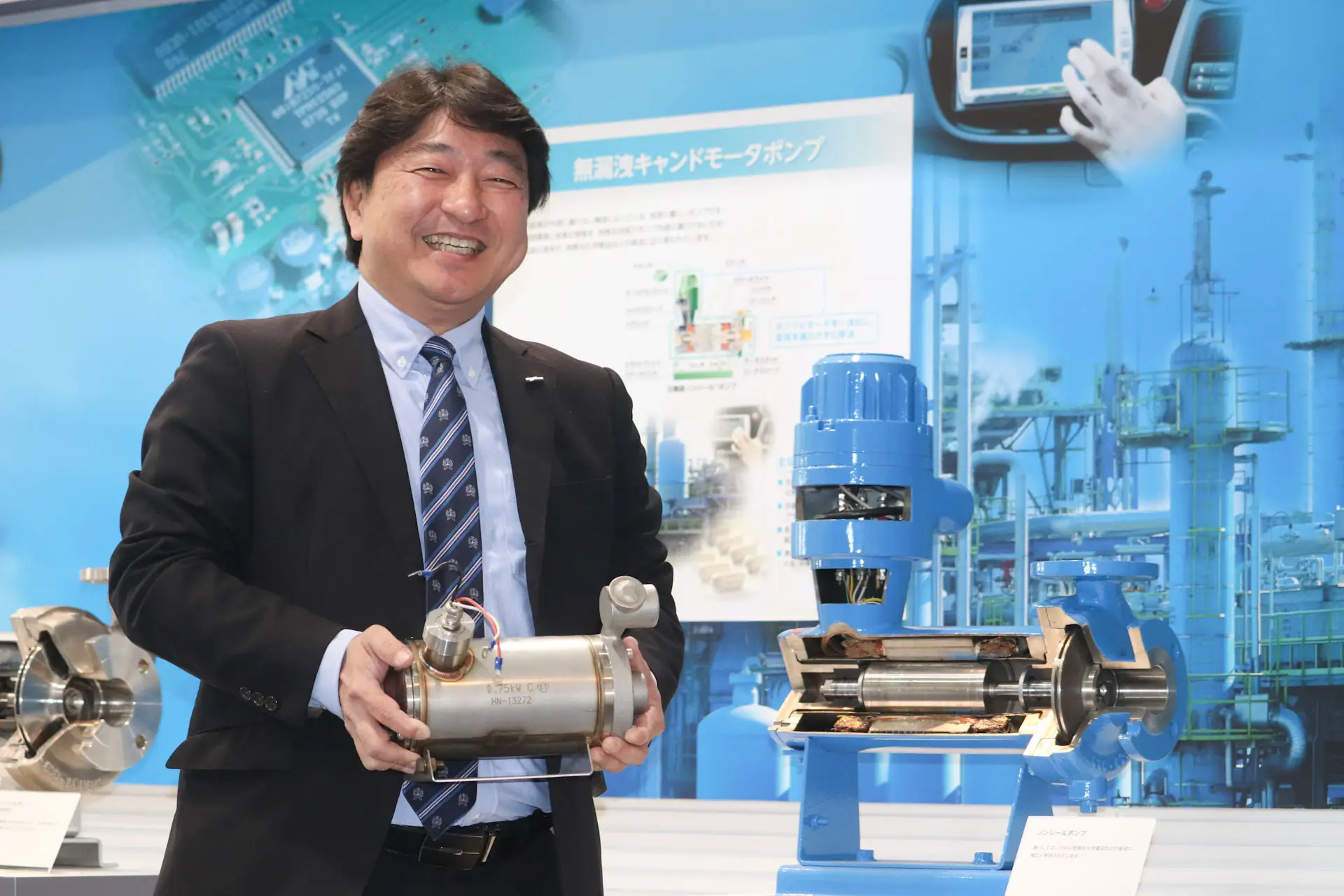 MANUFACTURING
MANUFACTURING
Pumps also actively used in semiconductor manufacturing: 20 years of history of compact, high-speed canned motor pumps
- Technology
- Interview
- Pump
- Semiconductor
2025/05/21
-
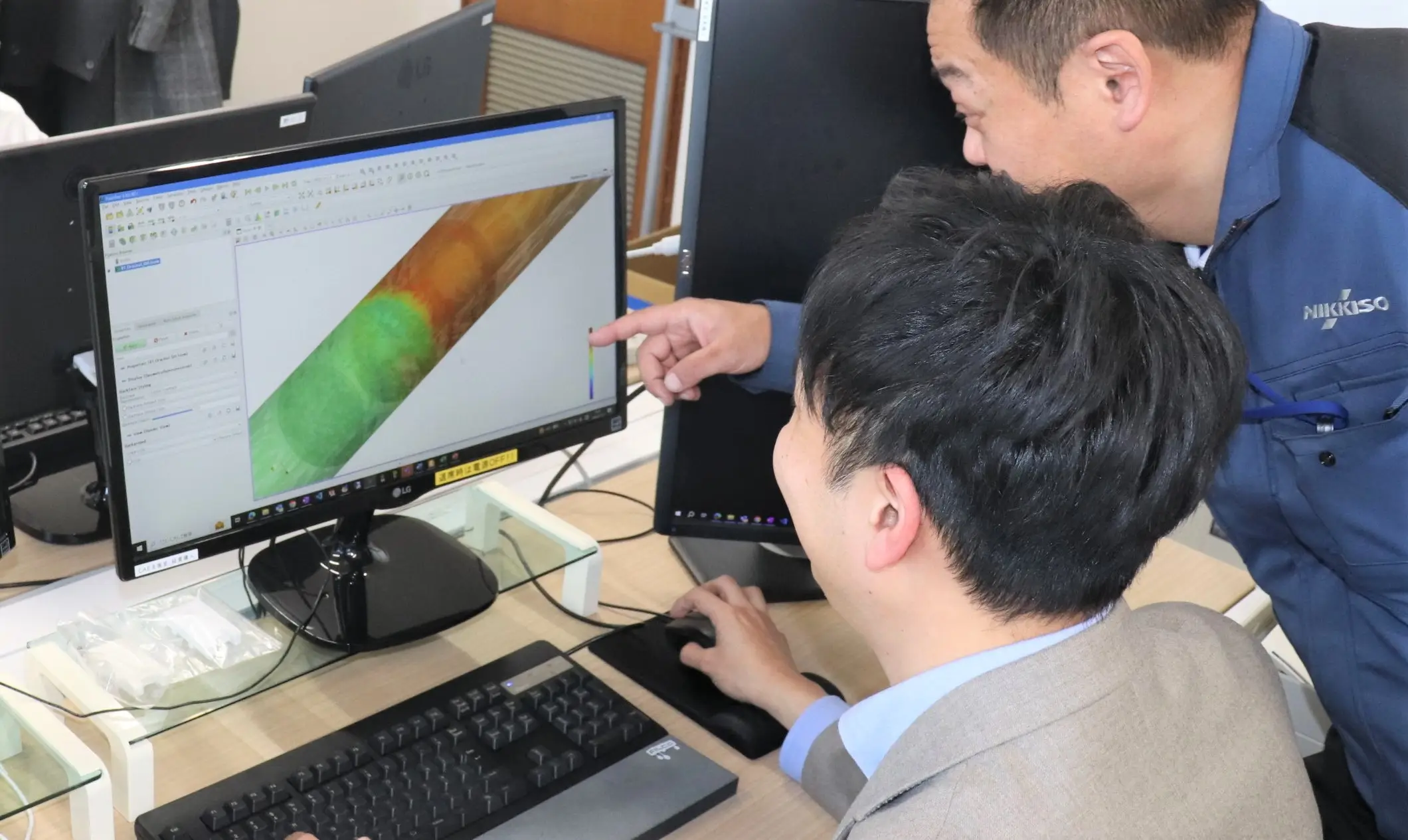 MANUFACTURING
MANUFACTURING
Nikkiso's DX initiatives: CAE Support Department continues to evolve, aiming to eliminate dependence on the skills and expertise of specific people
- Technology
- Interview
2025/04/09
関連記事
-
 MEDICAL FIELD
MEDICAL FIELD
Empowering Asia’s Expanding Dialysis Treatment with Nikkiso’s Advanced Technology and Comprehensive Support
- Hemodialysis
- Interview
- Medicalbusiness
2025/10/30
-
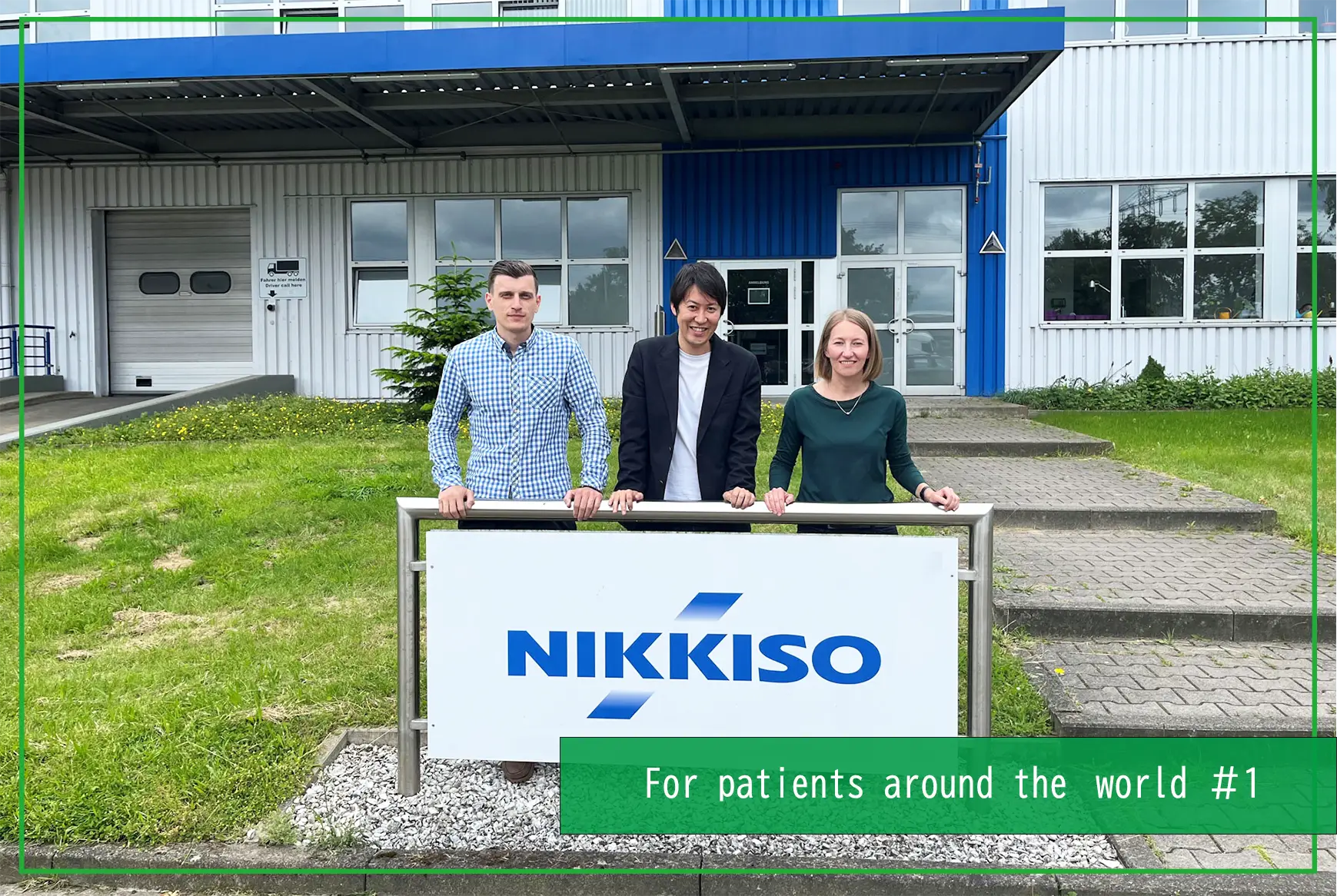 MEDICAL FIELD
MEDICAL FIELD
A region on the forefront of dialysis treatment: Nikkiso automation gathering attention in Europe
- Medicalbusiness
- Hemodialysis
- Interview
2025/03/13
-
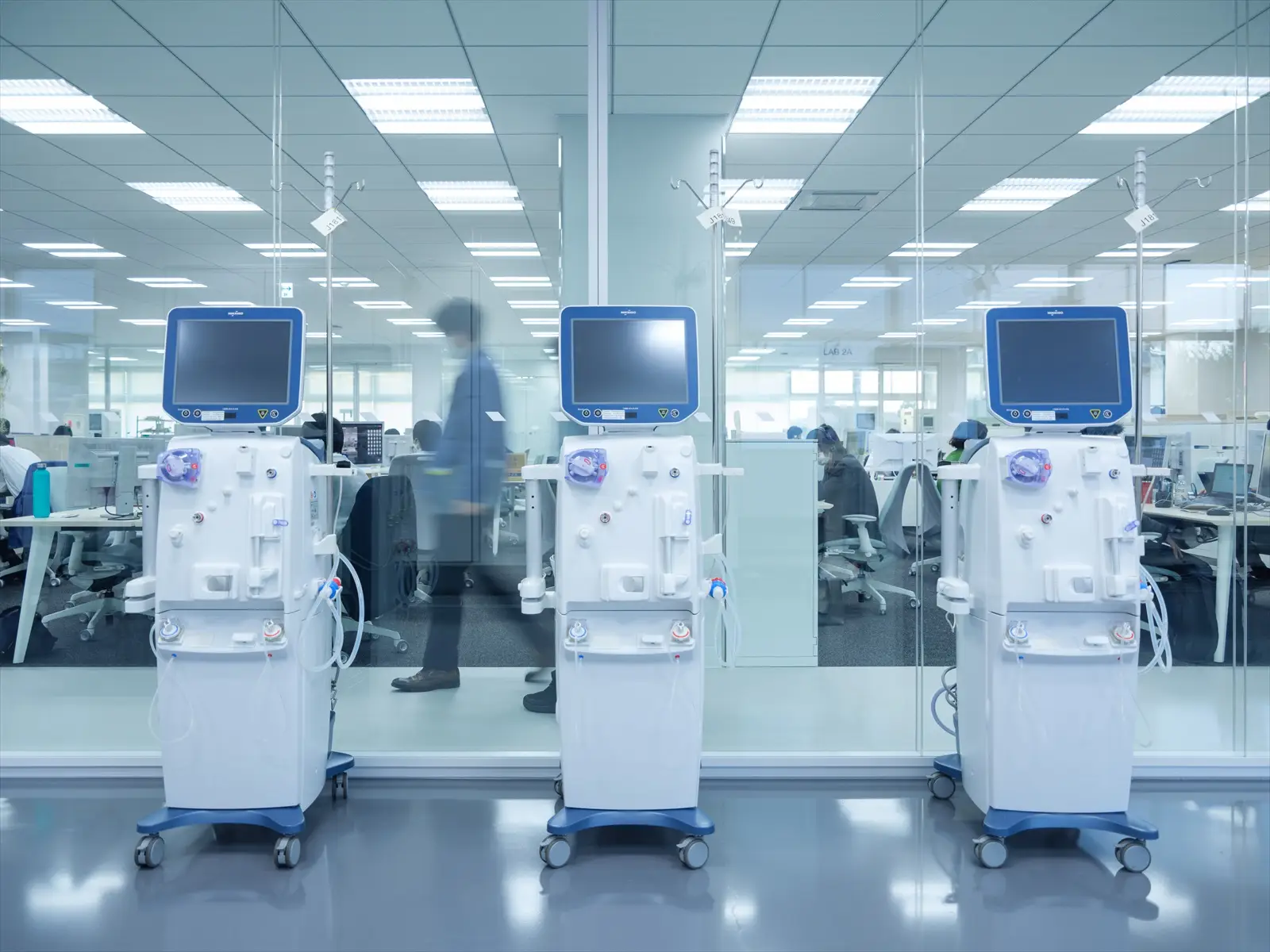 MEDICAL FIELD
MEDICAL FIELD
Faster and more assured treatment: Nikkiso's efforts to develop technologies to improve work efficiency and safety of medical devices
- Medicalbusiness
- Hemodialysis
- Technology
2025/02/13
-
![[Dialysis Medical Care and SDGs #2] Treatment Options: What is Sustainable Dialysis Medical Care in the Future?](/media/kMxvJwAdHOfgot6LqeZcH0WkXH45Q5buehtbuYnK.jpg) MEDICAL FIELD
MEDICAL FIELD
[Dialysis Medical Care and SDGs #2] Treatment Options: What is Sustainable Dialysis Medical Care in the Future?
- Hemodialysis
- Interview
- Medicalbusiness
2024/06/21



